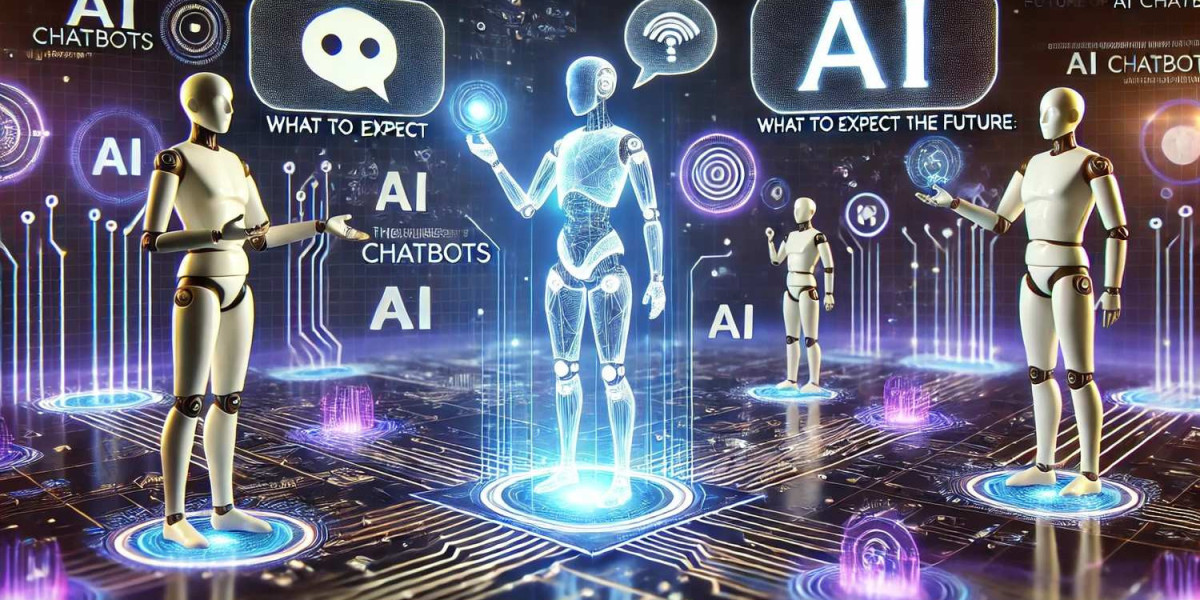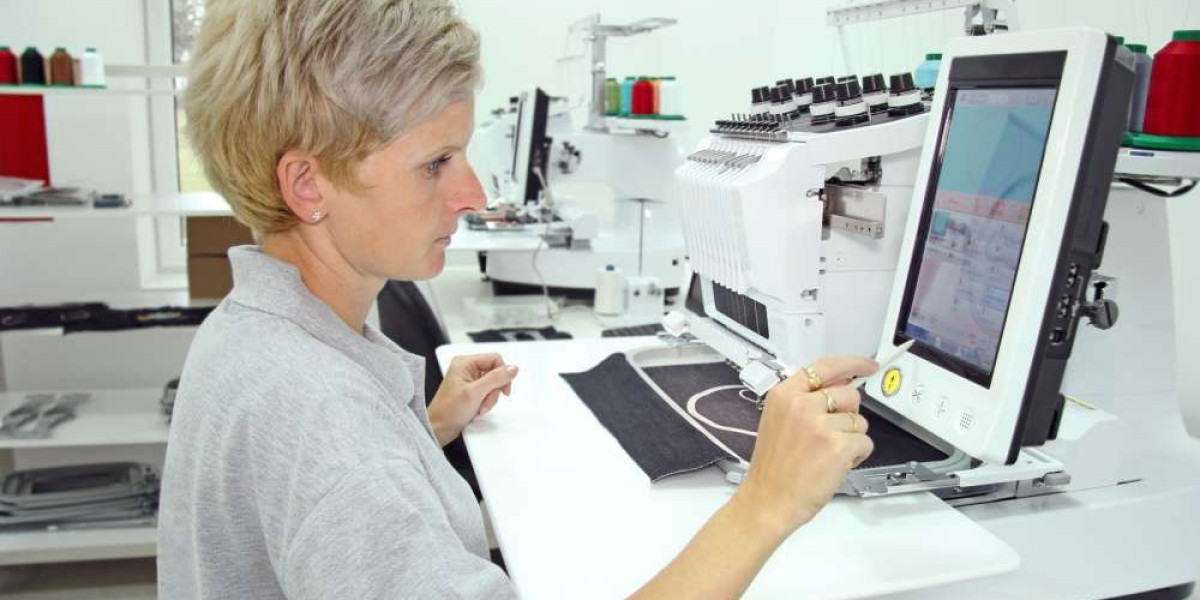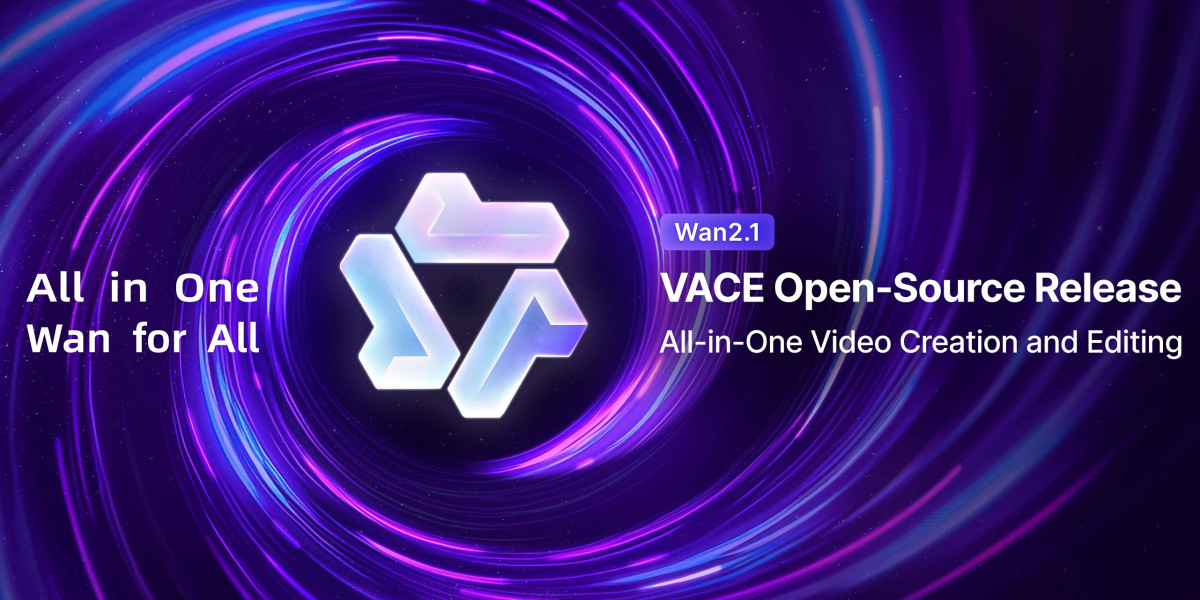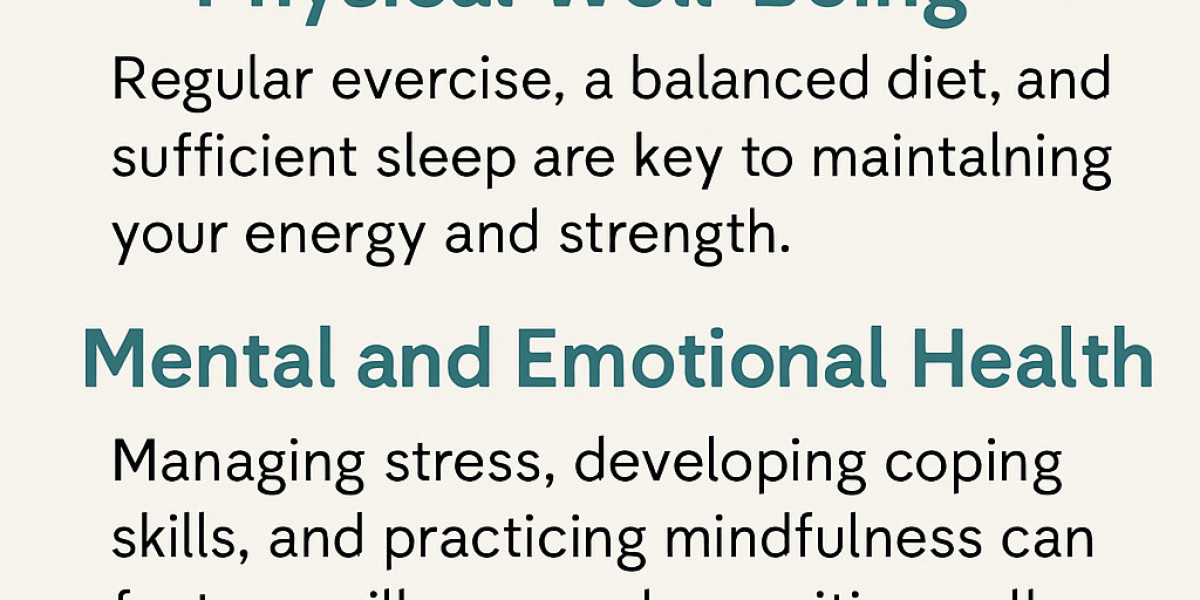AI chatbots are quickly changing how people interact with technology. In 2025 and beyond, we’re seeing major trends that focus on making chatbots more human-like, responsive, and useful across different industries. From smarter natural language processing to emotional recognition and real-time learning, these tools are not just about automation anymore. Businesses, developers, and even casual users are finding new ways to rely on them for tasks, support, and personalized experiences—proving chatbots are here to stay and keep evolving.
Some of the most exciting trends include voice-enabled bots, multilingual capabilities, and deeper integration with tools like CRMs, social media platforms, and shopping apps. Companies are also using AI chatbots to boost customer engagement, improve retention, and reduce support costs.
In particular, healthcare, education, e-commerce, and finance are seeing rapid adoption of this tech. As AI continues to improve, we can expect chatbots to become more predictive, proactive, and emotionally intelligent—changing how we communicate with machines altogether.
What is an AI Trend?
When we talk about AI trends, we're not just pointing at shiny new tools or updates. What I mean by “AI trends” are the shifts that are shaping how artificial intelligence gets used in real life. These are the changes in how AI works, where it’s applied, and how we think about its role in society.
For instance, five years ago, chatbots mostly answered simple questions. Today, they’re holding full conversations, helping people find jobs, or even coding entire websites. What we’re seeing in 2025 is more than just updates—it’s a complete shift in how AI fits into our routines. So when we talk about Chatbot Trends, we're pointing to how AI tools are actually changing the way tech is designed, sold, and used.
What’s interesting is how these trends often start small. A feature used by a few developers becomes standard within a year. A simple chatbot feature gets adopted across banking, healthcare, and education. And before we know it, the trend becomes a new norm that everybody expects.
AI Chatbot Trends in 2025
Here are AI chatbot trends in 2025 that show how these tools are becoming smarter, faster, and more helpful for real conversations.
1. Generative AI Is Everywhere Now
If there’s one trend I keep seeing across industries, it’s how generative AI is taking center stage. Whether it’s writing, designing, or making music, AI now creates things that used to require full teams.
In 2025, this trend has expanded into:
Product descriptions on e-commerce platforms
AI-generated short films and digital art
Real-time content generation for customer support bots
This isn’t just fun tech—it’s productivity reimagined. And what’s fascinating is that many of the latest chatbot trends are fueled by generative models that learn on the go.
2. Natural Language Processing Is Getting Smarter
People want to talk to machines the same way they talk to each other. That’s where Natural Language Processing (NLP) plays a major role. We’ve seen huge gains in how bots interpret slang, detect sarcasm, and switch languages smoothly.
Compared to older models, NLP in 2025 feels almost seamless. I’ve tested a few AI chatbots recently, and their ability to pick up context and tone is shockingly good. So it’s no surprise that NLP is at the heart of many current chatbot trends.
3. Explainable AI Is Earning More Trust
People used to just accept that AI was a black box—nobody really knew how it worked. But that’s changing fast. In 2025, we want to know why an AI made a certain decision.
That’s where explainable AI comes in. It helps show users what data was used, how the conclusion was reached, and what rules the AI followed. This matters in everything from medical bots to loan approvals. In particular, it helps rebuild user confidence.
And for companies trying to stand out in crowded markets, transparency can be a major advantage.
4. Multimodal AI Is Blending Worlds Together
One thing I’ve noticed is how AI is no longer locked into just voice or text. Multimodal AI combines input types like speech, images, video, and even gestures.
For example:
A user can ask a bot a question using voice and get a video reply
AI assistants can now process screenshots or documents as part of their response
Some bots can detect facial expressions via video for better emotional reading
Multimodal design is behind some of the most innovative chatbot trends right now. It’s changing how people interact with devices—not just typing but engaging on multiple levels.
5. AI-Powered Job Search Is Changing Recruitment
Job seekers in 2025 are using AI tools for way more than resume templates. Bots are helping candidates prep for interviews, practice responses, and even research ideal companies in real time.
What’s more interesting is how companies use AI too:
Scanning resumes more fairly
Offering job recommendations to internal employees
Matching skills to roles across large databases
In the same way, AI job coaches are becoming common, especially in large platforms. Clearly, recruitment is evolving, and chatbots are part of that shift.
6. AI Coding Assistants Are Reshaping Software Development
One trend I didn’t expect to grow so fast is AI for code writing. Developers now work alongside AI assistants that generate functions, suggest fixes, or automate testing.
These bots:
Reduce time spent on repetitive coding
Spot bugs before humans do
Suggest code improvements based on current best practices
In 2025, many teams don’t just use AI—they rely on it. This shift is also reflected in current chatbot trends, where many bots now include developer-friendly APIs and tools.
7. Personalized Experiences Are No Longer Optional
Brands that still send generic emails or one-size-fits-all product offers are falling behind. AI now makes personalization a must. We’re talking about bots that know what you bought, what you skipped, and how to speak your language.
Their job is to:
Suggest things based on past behavior
Adjust tone based on interaction style
Remember user preferences across sessions
This applies across industries—from education platforms to customer service. Even though it's subtle, personalization is shaping many key chatbot trends today.
8. Personal AI Companions Are Getting More Real
They started as simple apps that replied to messages, but now, personal AI companions are holding deep, ongoing conversations. Some of them even use custom personalities, moods, or backstories.
I recently tried a conversational agent designed like a mentor—it felt oddly genuine. This space is also growing around entertainment, fiction, and virtual relationships. One rising use case involves a sexting companion website, where AI bots are designed to simulate intimacy and emotional engagement.
While not for everyone, these bots reflect how personalization and emotional response are expanding into new types of AI products.
9. Edge AI Means Faster, Offline Responses
Sometimes we don’t want everything to go to the cloud. That’s why edge AI is gaining popularity. It allows devices to process information locally—without relying on a constant internet connection.
Edge AI helps in:
Smart home devices reacting instantly
Cars giving real-time alerts without server delays
Chatbots responding securely within local networks
Eventually, this will be a standard for speed and security. And it supports privacy too, which many users now prioritize.
10. Real-Time Conversation Is Better Than Ever
Conversational AI isn’t just about talking—it’s about timing. In 2025, people want answers right away, with flow and accuracy. And that’s what the latest chatbots are trained for.
Now, you’ll see bots that:
Respond with human-like pauses and reactions
Ask follow-up questions intelligently
Stay relevant for longer conversations
So, chatbot trends aren’t just about new tech. They’re also about getting better at human connection through words, tone, and timing.
10. Shadow AI Is Quietly Shaping Workflows
You may not see it, but Shadow AI is everywhere. These are the bots or scripts teams build without going through IT departments—quick, effective, and task-specific.
They help with:
Slack notifications
Spreadsheet updates
Auto-reporting
Shadow AI lets non-technical users build bots for their daily tasks. And it’s spreading fast inside marketing, HR, and admin teams. It may not make headlines, but this silent wave is affecting productivity deeply.
11. Ethical Practices Are Finally Being Taken Seriously
In 2025, ethical design isn’t an afterthought. Companies now start projects with ethics baked in. From fairness to consent, AI teams are being held accountable.
We’re seeing bots designed with:
Bias mitigation tools
User consent prompts for data storage
Guardrails against manipulative responses
One surprising use case is the NSFW character creator tool, which now includes boundaries, safety flags, and filters to prevent harm. It shows how ethics and safety can still exist even in more experimental AI spaces.
12. AI Is No Longer Just for Experts
The final and most exciting trend is democratization. People with no technical background are now building chatbots, training models, or running automations.
Tools with drag-and-drop interfaces or voice-based creation are becoming normal. We’ve entered a stage where:
Small businesses create bots without writing code
Students build their own apps for class projects
Creators design character bots for their communities
I came across an AI SEO agency that builds full content systems using simple chat-driven workflows. It’s all point-and-click now—and that’s changing who gets to participate in the AI economy.
13. Why Should You Care About AI Trends?
We don’t have to be developers or engineers to feel the effects of AI anymore. These trends aren’t just changing how apps are built—they’re changing how we live, shop, learn, and work.
Knowing where chatbot trends are heading helps us:
Choose smarter tech for our needs
Build careers in the right direction
Stay informed about privacy and fairness
They affect our daily tools, from phones to hiring platforms. In other words, AI trends are shaping tomorrow’s tech experience, and those who ignore them might fall behind fast.
Conclusion
The tech world in 2025 looks very different than it did just a few years ago. Chatbot trends are more than updates—they reflect a major shift in how we interact with machines. Whether it’s AI that writes code, chats like a friend, or helps us land our dream job, the change is here and moving quickly.
We’ve walked through AI chatbot trends transforming tech in 2025 and beyond, from personalized experiences to democratized tools. And what’s clear is that bots are no longer background tools—they’re central to how we live and work. Companies, creators, and individuals are all adjusting to this new reality.
As AI continues to grow, it’s not just the bots getting smarter—it’s us too, learning how to use them in ways that make our work, relationships, and decisions better.








